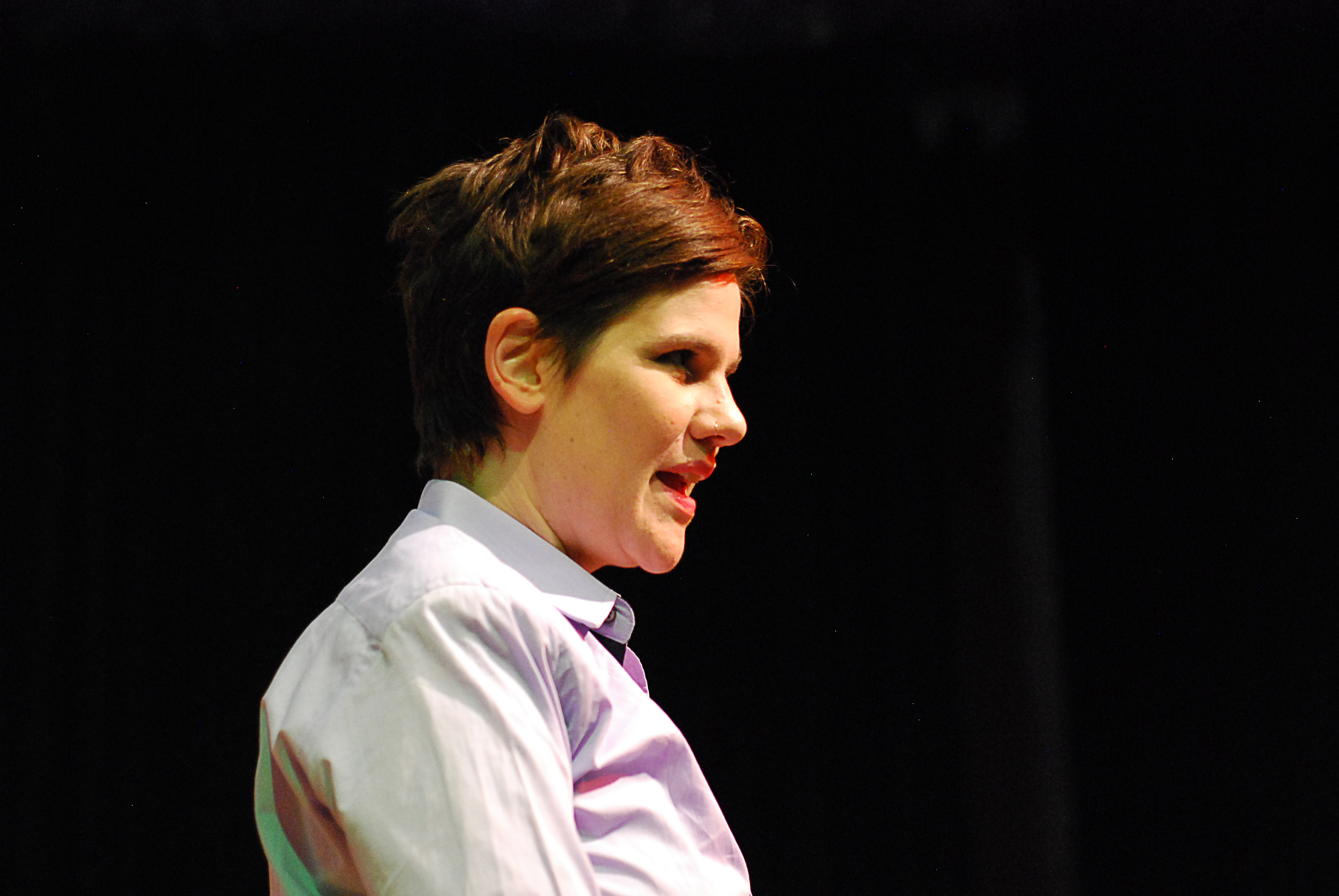Farming and Community Practices for a Regenerative Future
- Anne Rammi

- Nov 2, 2021
- 5 min read
Updated: Dec 14, 2021
How to achieve regeneration through farming and community practices - with Charles Edmonds, Farm Manager at Boschendal.

Boschendal is a beautiful working farm in South Africa on a mission to set a global benchmark working with nature in a pioneering and ethical manner. Sustainability — both from an environmental and a business perspective — is at the top of their agenda.
The 5000 acres farm employs approximately 250 farmworkers, and its regenerative farming practices have attracted increasing international attention. US-based non-profit farm A Greener World, which promotes verified farming practices and encourages food choices that deliver positive impact for the environment, society, and animals, recently chose Boschendal as one of their 50 global farms to become part of its new regenerative farming certification program.
To achieve these standards, Charles Edmonds, Farm Manager with a deep passion for regenerative practices, says the key is always to ask yourself: "how does it work in nature? A holistic cycle that works naturally, with minimal inputs required."
How Regenerative Farming Works
"Look at it from a plant's perspective," Charles proposes. "You begin with photosynthesis, where plants use carbon dioxide to produce sugars. Some of these sugars are extradited though the roots to the earth to feed the bacteria and fungi with these complex organic substrates, in exchange the bacteria and fungi are making nutrients available to the plants. The plant and organisms now have this symbiotic relationship that creates energy. Everytime you add a chemical input and you put down fertiliser in this soil, you're disrupting that whole process. In nature, the plants are able to break down nutrients in the soil into a solution that they can use. It doesn't all have to come from a bag of fertiliser."
Regenerative farming is about minimising disturbance to nature's process and creating the environment for nature to thrive with minimal human intervention.

With the increasing concern with the climate crisis, we can use regenerative practices to build resilience. That is one of the main differences between a regenerative system and traditional farming systems. With regenerative farming, you are continually improving the soil until the desired objective has been reached. Once you've reached your regenerative goal, you only have to sustain it - so all regenerative models are entirely sustainable.
However, not all sustainable actions are regenerative. For instance: one of the main focuses of regen agriculture is to build up carbon content in the soil. Once you start getting to your first goal (3% carbon), your potential water saving is up to 30%. And this is just because the soil's water retention capacity is so much better, that you can actually start building and maintaining water in the bottom layers of the soil.
It's All About Ancient Knowledge
The principles of regen are 80% to 90% based on ancient traditions and ancient wisdom garnered over generations by learning from nature. Technology can lend a helping hand, of course. For example, satellite imagery can highlight where certain areas are dry and need more intensive water flow allocated. Boschendal has an on-site weather station that provides a 10-day forecast per hour so that the farmers can plan accordingly. In the orchards, there are electronic moisture probes that provide real-time moisture content readings in the soil at different depths.
The scientific part of soil health and the full understanding of the soil food web is quite complex, and we asked Charles about his approach to this critical building block of regenerative farming:
"While there are many in-depth scientific details that one can explore, I still believe in the firm principle of KIS - Keep it simple. Our approach has been to identify what the soil health status was before starting with regenerative farming and then continually measure all aspects that influence soil health on an ongoing basis, so that we are able to show the improvement and benefits that have been obtained."
Regeneration and Society
The farm expects to lead the way to a regenerative society by being transparent with knowledge about the environment, and helping the community become conscious and eager to support these practices. "I'm striving to deliver directly from the farm to the table. I want to deliver a wonderful product to my customer - the community - a fresher product, at a better price and of higher quality. My customer is the ultimate accountability keeper: they can look at the farm and see what I'm doing, so they will see if I'm spraying harmful chemicals," says Charles.

The product delivered through a regenerative system is much more nutrient-dense than those produced conventionally, but the benefits to the community don’t stop there. The localisation movement, where customers seek to consume products that were grown within a 60km radius, creates a family of caring and empowered consumers. People get involved, they get to know the farmer and vice versa. It brings back that true sense of community. It introduces critical thinking about the amount of food waste - and this waste can even be turned into a business (check out @Loop:Frome)! The whole system is healthier because it focuses on healthy soil, products and people.
Comparing regen farming to conventional farming
A regenerative farm is interconnected; it's a holistic approach, versus a disconnected conventional farm;
Regenerative brings diversity, while conventional farming focuses on monoculture;
Regeneration works with nature, while conventional methods aim to control it - working against the very concept of nature;
To regenerate is to add value, which is different from extracting from the environment;
Regen sequesters carbon back into the soil, while conventional creates carbon emissions;
Regen improves the water cycle by not using fertilizers and chemicals that contaminate the water. Fertilizers influence the PH of the soil, destroying important fungi and bacteria.
How shoppers see regenerative practices
If the customer is king, the scenario is changing a lot with the gens Y and Z of today. They are the first generation willing to pay more for ethically sourced and produced goods - a trend that is unlikely to change.
"Quality is a given, people want quality. But the business is changing: it used to be all about cosmetics - a perfectly shaped fruit or vegetable. Now people want the taste, they want the nutrient density, and they want it every single time they buy. They want to know how is it produced, if it's chemical-free, if it's organic. They want to know the whole story: what's the environmental commitment? What sustainability practices are in place, in terms of solar energy, packing material? Is the package compostable, recyclable? What has been done with the waste product? What's your standard on social compliance? Your social employment practices? And this standards are going to be continuously challenged."
Charles reinforces that these new generations are gonna dictate what they want and how they want it, and this is powerful: "It’s no longer a case of the customer simply buying what is available on the shelf. These next generations will have a very influential say, through their spending power, in which products and farms they support. All products will have to be ethically sourced, produced and sold."

The challenge
Farmers are faced with numerous risks and challenges and are real price takers, not price makers - they sit with all the risk for minimal reward.
For the conventional farmer who's thinking about making a change to regen, the economic pressure is high: initial costs are higher and margins are smaller, and the possibility of trying something new and failing is very real. "Think about it: if you fail, you can lose your farm, your land, your inheritance," says Charles.
The solution is finding ways to support farmers in making this shift, compensating them fairly for their products.
The market doesn't currently see the difference between regenerative products and conventional products, only between conventional and organic. This is also bound to change as more people understand the value and importance of regen farming.
The transformation lies in helping people make informed decisions and encouraging to make that change in their buying behaviour, highlighting the urgent need of giving back more than we take from nature - because our lives do depend on it - and regen farming is here to help.



